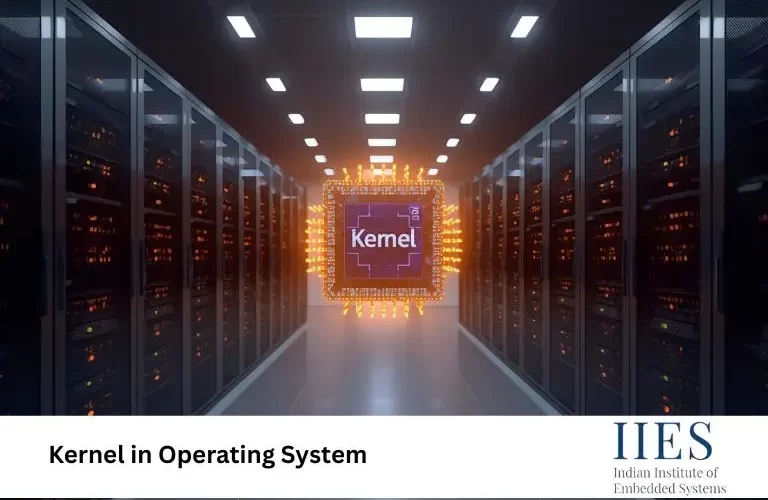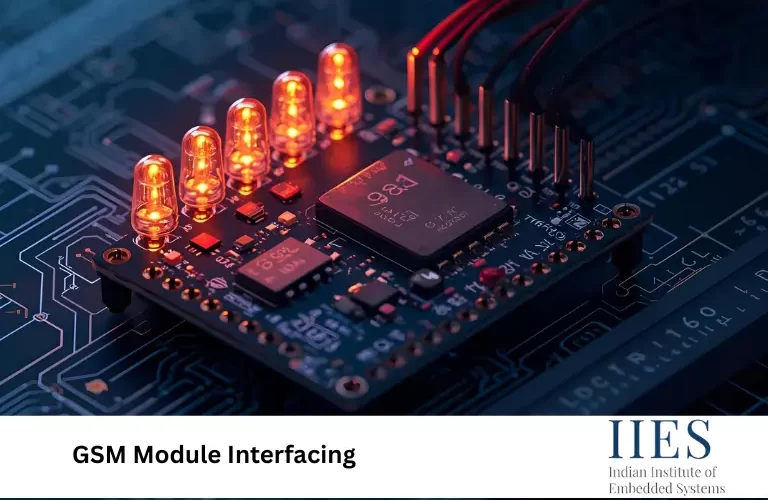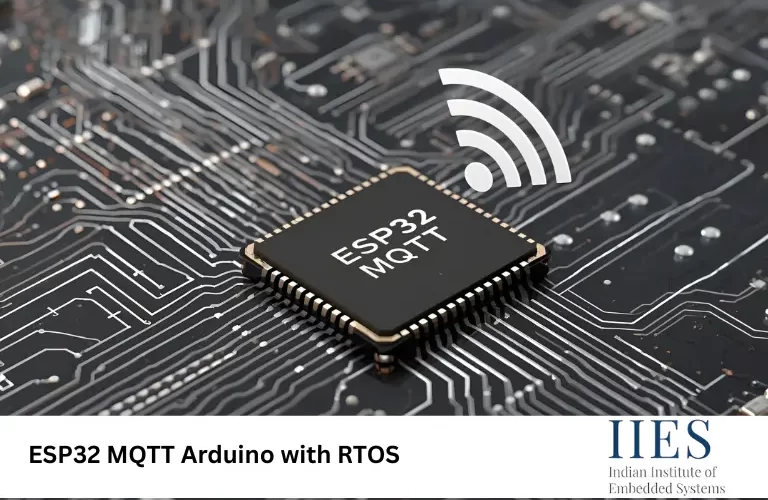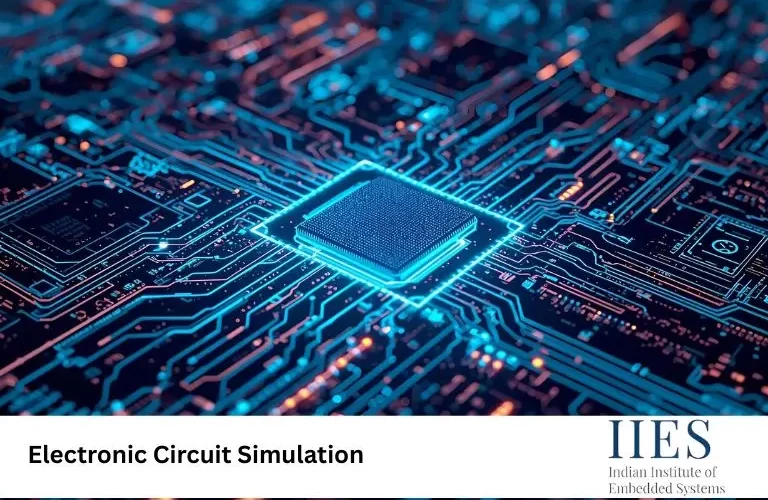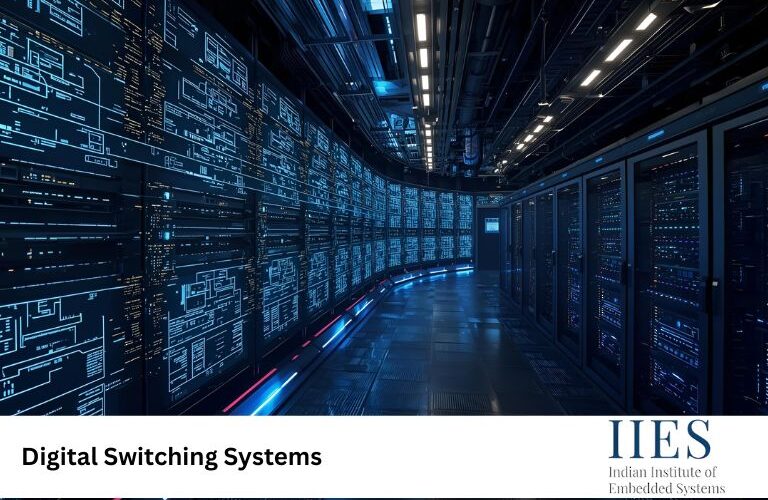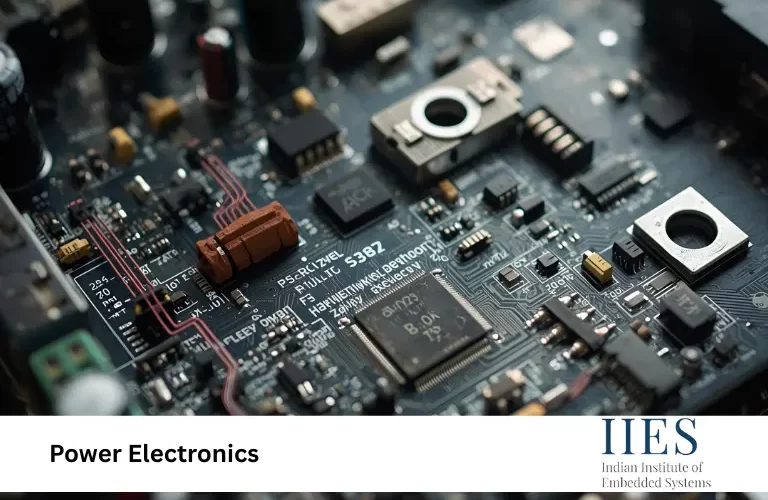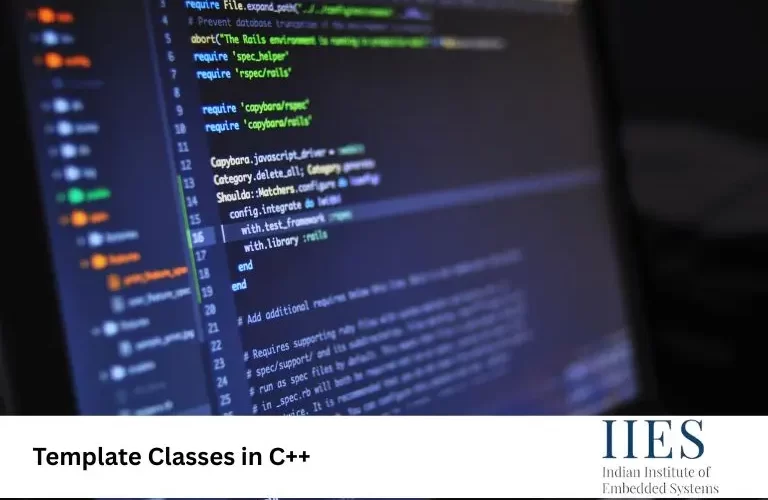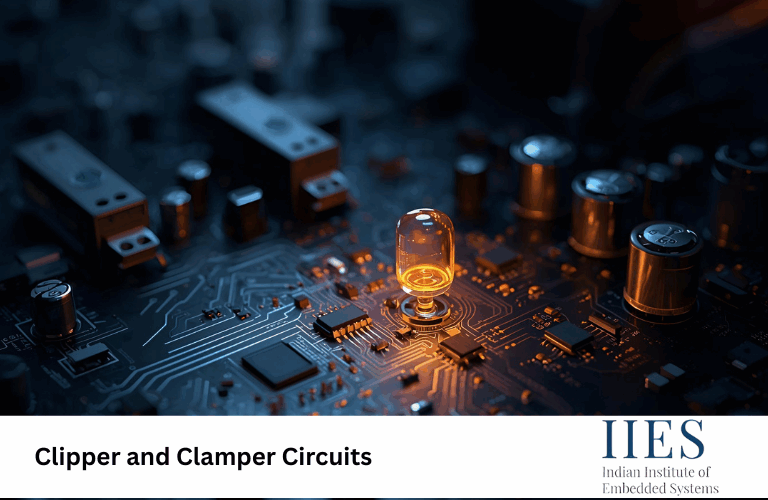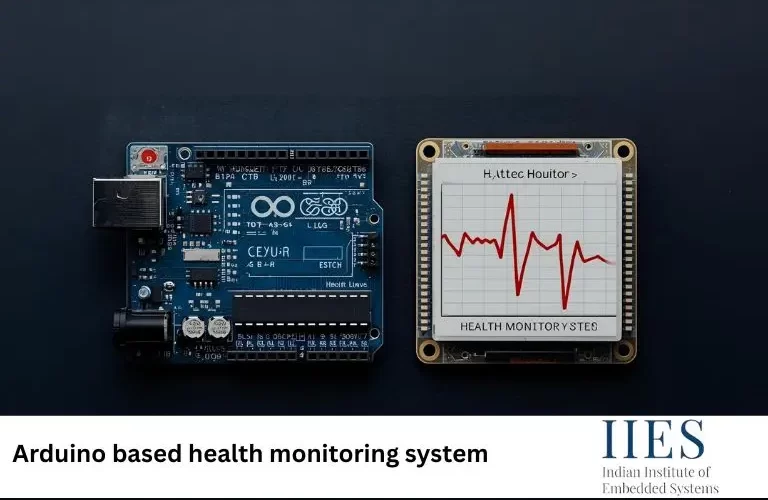Kernel in Operating System – Architecture, Types, and Role Explained Understanding the Kernel in an Operating System is essential for every computer science or embedded systems learner. The kernel acts as the core of the operating system (OS), bridging the gap between software applications and …
Read more
IoT Weather Station Using FreeRTOS and ESP32 Explained IoT Weather Station using ESP32 and FreeRTOS is a smart embedded project that gathers real-time environmental data such as temperature, humidity, and pressure and uploads it to the cloud for monitoring. By using the ESP32 microcontroller with FreeRTOS, this …
Read more
GSM Module Interfacing – A Complete Guide with LPC1768 GSM Module Interfacing with LPC1768 plays a crucial role in embedded systems and IoT by enabling reliable and scalable mobile communication solutions. By using the LPC1768 microcontroller with GSM modules like SIM300, and leveraging AT commands …
Read more
ESP32 MQTT Arduino – Implementation in an RTOS Environment In the world of the Internet of Things (IoT), ESP32 MQTT Arduino implementations enable robust and scalable IoT applications. Leveraging the ESP32’s dual-core microcontroller, built-in Wi-Fi, and Bluetooth, combined with the MQTT protocol and RTOS such …
Read more
Electronic Circuit Simulation – Techniques, Tools, and Best Practices In modern electronics, electronic circuit simulation plays a vital role in transforming design concepts into functional hardware. Before creating a physical prototype, engineers rely on simulation tools to test and refine their designs. This approach reduces …
Read more
Digital Switching Systems – The Backbone of Modern Telecommunications In modern telecommunications, digital switching systems are the backbone of network connectivity. From traditional telephony to advanced VoIP, 5G, and enterprise communication, they ensure seamless routing of voice, data, and multimedia traffic. Understanding Digital Switching Fundamentals …
Read more
Power Electronics: The Driving Force Behind Modern Energy Conversion In modern electrical engineering, power electronics is the backbone of efficient energy conversion. From smartphone chargers to electric vehicles and renewable energy systems, it ensures that electrical power is delivered, controlled, and optimized for performance. Understanding …
Read more
Template Classes in C++ – A Complete Guide Template Classes in C++ are essential for creating reusable, efficient, and type-safe code in modern programming.By introducing placeholders for data types, they allow developers to design flexible solutions that adapt to different needs without rewriting logic.With template …
Read more
Clipper and Clamper Circuits – A Complete Guide to Waveform Shaping Clipper and Clamper Circuits are fundamental in modern electronics, providing precise waveform shaping and signal conditioning. These circuits help control voltage levels by either limiting the amplitude of a signal or shifting its DC …
Read more
Arduino Power Saving Techniques in RTOS-Based Projects In today’s IoT era, an Arduino-based health monitoring system plays a vital role in tracking and maintaining personal well-being. With the help of sensors, wireless communication, and real-time processing, such systems can continuously monitor vital signs like heart rate, body …
Read more

